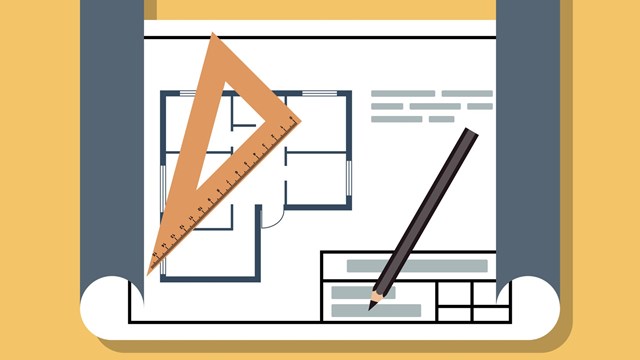
During the 1940s, Willie Sutton developed a lucrative niche of robbing banks. During his unapproved withdrawals, he sometimes made use of ingenious disguises. Those were the days when grand larceny took place in a bank lobby rather than the corporate boardroom. When a reporter asked him why he robbed banks, Sutton is said to have replied, "That's where the money is."
That naturally leads us to the subject of managing the replacement of condominium capital assets—that’s where the money is. Operating expenses, being repetitive and fairly predictable, tend to be in the forefront of things. A reserve account can lurk in the background, and if not managed properly, can cause all sorts of unpleasant difficulties arising out of any cash shortfalls. “Well”, you might say, “that’s the job of our reserve study.” Truth be told, capital reserve studies, despite the best intentions of all involved, are a notoriously underutilized resource.
When was the last time you compared your budgeted reserve expense for the last two to three years against the actual? Why were some roofs not re-shingled and the money used instead to resurface a parking lot? Did it come out of an analysis of reserve study assumptions in the light of new information gained from inspections? If so, what was the rationale behind that decision? Was it documented?
The point here is that while we might all agree that it’s nice to take the reserve study off the shelf and review it regularly, there seems to be little recognition of its true potential for being a proactive tool for controlling, even reducing costs. Our experience has been that too many association boards are, understandably in these times, focused on keeping things going as they are. But replacing in kind may not always be the best economic or technical solution.
Early during World War Il, the General Electric Company was faced with loss of its overseas sources of raw materials. Substitute materials and new techniques were desperately needed to produce more quality electrical products at reduced costs. Enter Larry Miles, one of GE’s management engineers. Miles’ group asked four questions along the production line:
• What is it? (isolate the component)
• What is its function?
• What does it cost?
• What else will do the job equally well?
• What does that cost?
Miles called the technique “value engineering.” Postwar, GE applied the same process to its domestic products, becoming an industry leader. Miles’ challenge, of course, was to get management to question the way things had always been done. If the technical function can be delivered equally well in a different way at less cost, then make the change. We can probably assume Mr. Toyota was listening.
When you think about it, doesn’t the capital reserve study provide just the framework for applying the techniques of value engineering to managing the capital assets of condominium associations? The components and their costs have already been identified. Why not ask the remaining questions and extend the capital reserve fund study into a systematic methodology that responds to the unique physical demands of the property that sustains its market value?
Here are some possible scenarios. The annual reviews of the reserve study keep sending up two red flags–the high cost of replacing and painting siding and seemingly continuous pavement overlayment. A value engineering study might conclude that the return on investment of replacing the wood siding with fiber cement material will be realized after six years. The curb appeal of the siding is improved and the exterior envelope sealed at reduced cost.
Another study might find that a less costly asphalt skim coating between pavement overlayments will significantly extend the length of serviceability of the roadway with no reduction in function. The cost per year for owning the roadway has been reduced. The point is that continuing past practices, replacing in kind, would have missed some opportunities.
The bottom line for the requisite revisiting of the capital reserve study is the computation of the amount to plug into the coming year’s budget—the annual contribution to the reserve fund. In a perfect world, your association has an asset management system that documents all maintenance, inspections, repairs, and replacements. That kind of data will be used to redefine the recommended annual contribution.
There are vendors who offer web-based asset management systems. For a fee, you send your data to their server and they crunch the numbers for you. Frankly, that seems like overkill for the condominium associations we work with. A more straightforward methodology developed by a fellow engineer tests the level of past contribution and actual funding over three year periods in reference to the 20-30 projection of the capital reserve. It is a more results-directed approach to the comparison of budgeted versus actual reserve expenses mentioned above. More easily recognized by the condominium community, it is one that we will be adopting.
So the reserve study then can be just the first step. With the addition of some proven techniques, it can become an ongoing tool to maintain a value sustaining reserve fund.






Leave a Comment